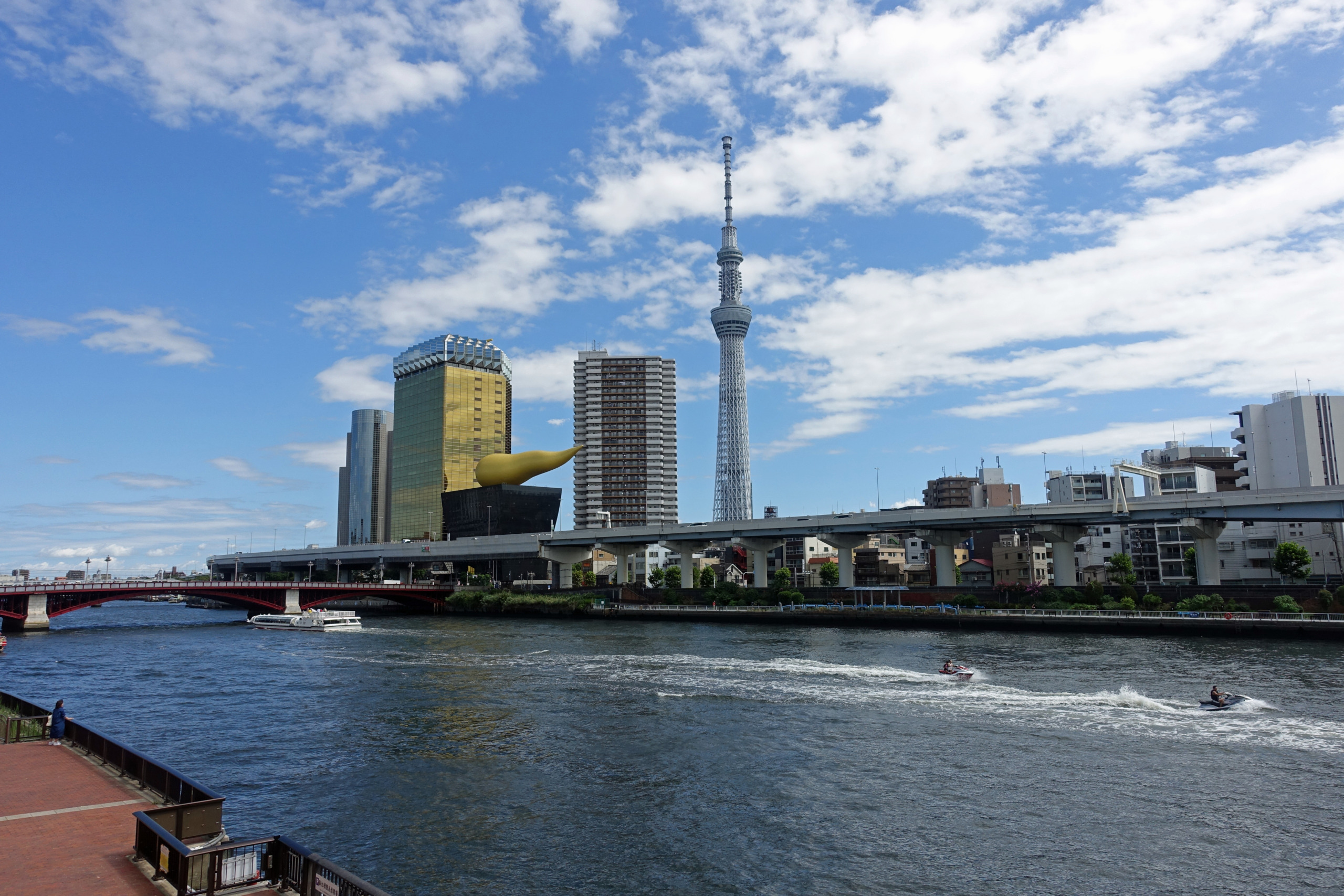
Tokyo, Japan is one of the most densly populated cities in the world with over 14 million residents in the city and over 40 million residents in the greater Tokyo area. The city covers 2,187 square kilometers (844 sq miles), and the number of people everywhere is staggering. Tokyo is so large that it would take staying in each district to properly explore the sights and grasp the sheer magnitude of this city.
We flew non-stop from Calgary to Tokyo having secured business class seats many months ago for a reasonable price. The flight is 10.5 hours long and being able to lie flat and get some sleep was well worth the extra money. We arrived fairly fresh despite the overnight flight, arriving in Tokyo at 6pm the following day with the time change.
My global SIM card would not connect in the airport so the Japan arrival app where I had completed, and received a QR code for a quick entry through immigration, was not working. That meant we had to fill out the arrival forms and customs forms manually which added a bit of stress and time to our entry. Once we cleared immigration the SIM card was still not working but we remembered from our visit to Tokyo last year that we needed to take a Limousine Bus from the airport into the city center, which is an hour away. We found the bus ticket office, were able to show him the address of our AirBnb and he sold us a ticket to the closest bus station. The bus tickets cost 3,100 Yen (USD $20.95) each.
Fortunately the bus had free wifi on board during the ride into the city so we were able to check our email, seeing that our AirBnb host had not sent us any check in instructions! After a few stressful messages back and forth he was able to send them to our alternate email address by the time we reached the city center bus station. With check in instructions in hand we took a taxi to our apartment building.
Our bad luck continued when after retrieving the apartment key card from the lockbox outside, it would not open the apartment door. By then my Flexiroam SIM was working so a few urgent messages and videos back and forth with the landlord and he determined the key card was not functioning. He gave us emergency manual instructions to open the electronic lock. FINALLY, we were in our apartment, more than 3 hours after landing at the airport! That was a bumpy start to our 5 days in Tokyo but in the end everything worked out.
Last June we stayed in the extremely popular and busy area of Shinjuku, which we found very crowded and overwhelming. So this year we chose to stay in Sumida City, near the Tokyo Skytree. It’s surprisingly quiet here and feels more like residential Tokyo than tourist Tokyo. There are lovely quiet streets around our apartment building yet we are only a 15 minute walk to the Tokyo Skytree and just 3 blocks from the Sumida River and the bustling Asakusa district.
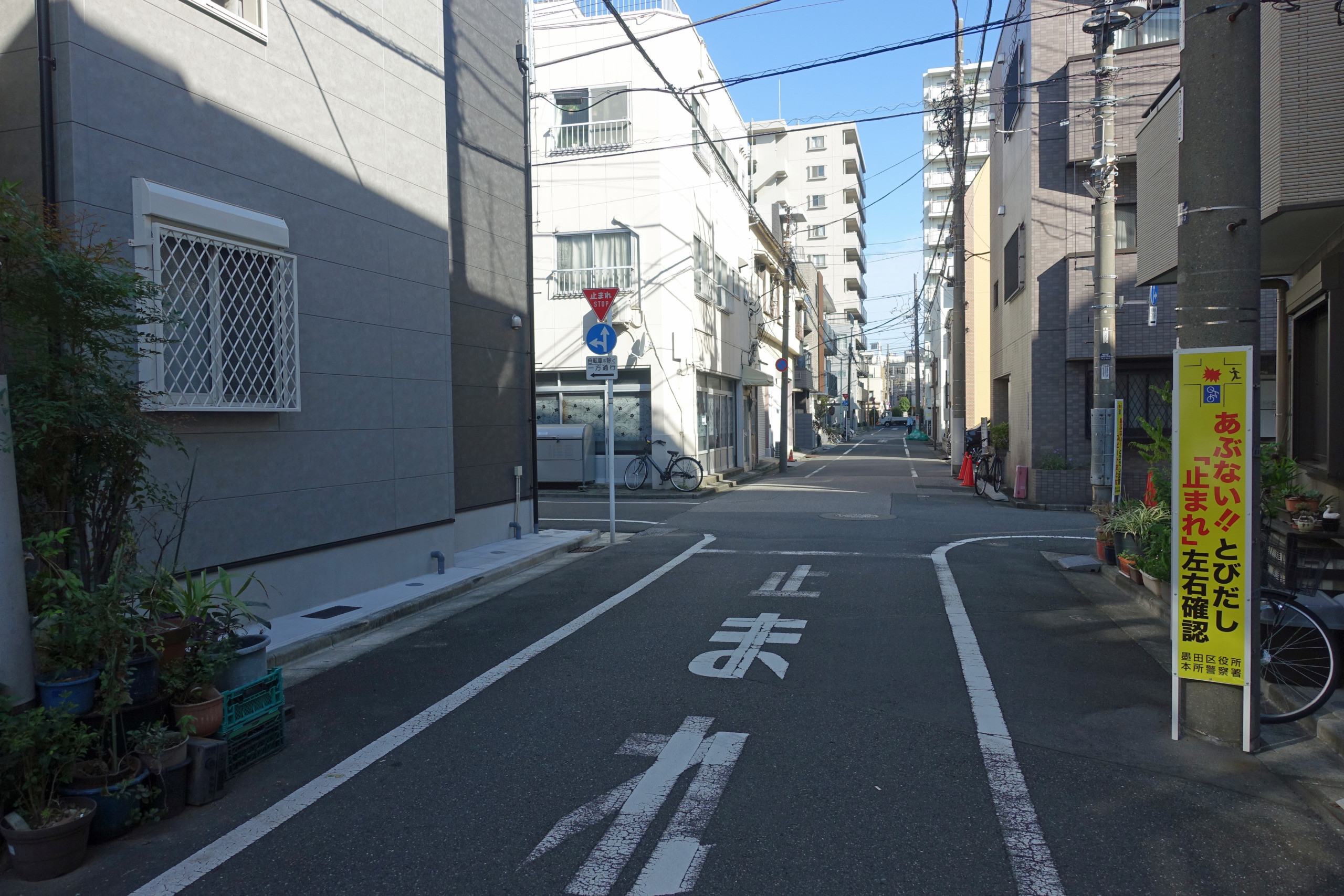
We were awake at 4 am our first morning so we had a lazy start to the day before walking to the Skytree for a look around the huge Solamachi Mall located at the base of the tower. The Tokyo Skytree is the tallest structure in Japan and the world’s tallest freestanding broadcasting tower. The tower is 634 meters (2,080 ft) tall and has two 360 degree public observation decks, one at 350m (1,148 ft) and the other at 450m (1,476 ft). The weather forecast was not great but when we arrived the sky was only partially cloudy so we decided to buy tickets to the 350m observation deck. Tickets cost 2,600 Yen (USD $17.57) each. We arrived just before 10am and there were no lineups and the observation deck was fairly quiet, however it got noticeably busier the longer we were there, so I would recommend getting there early in the day.
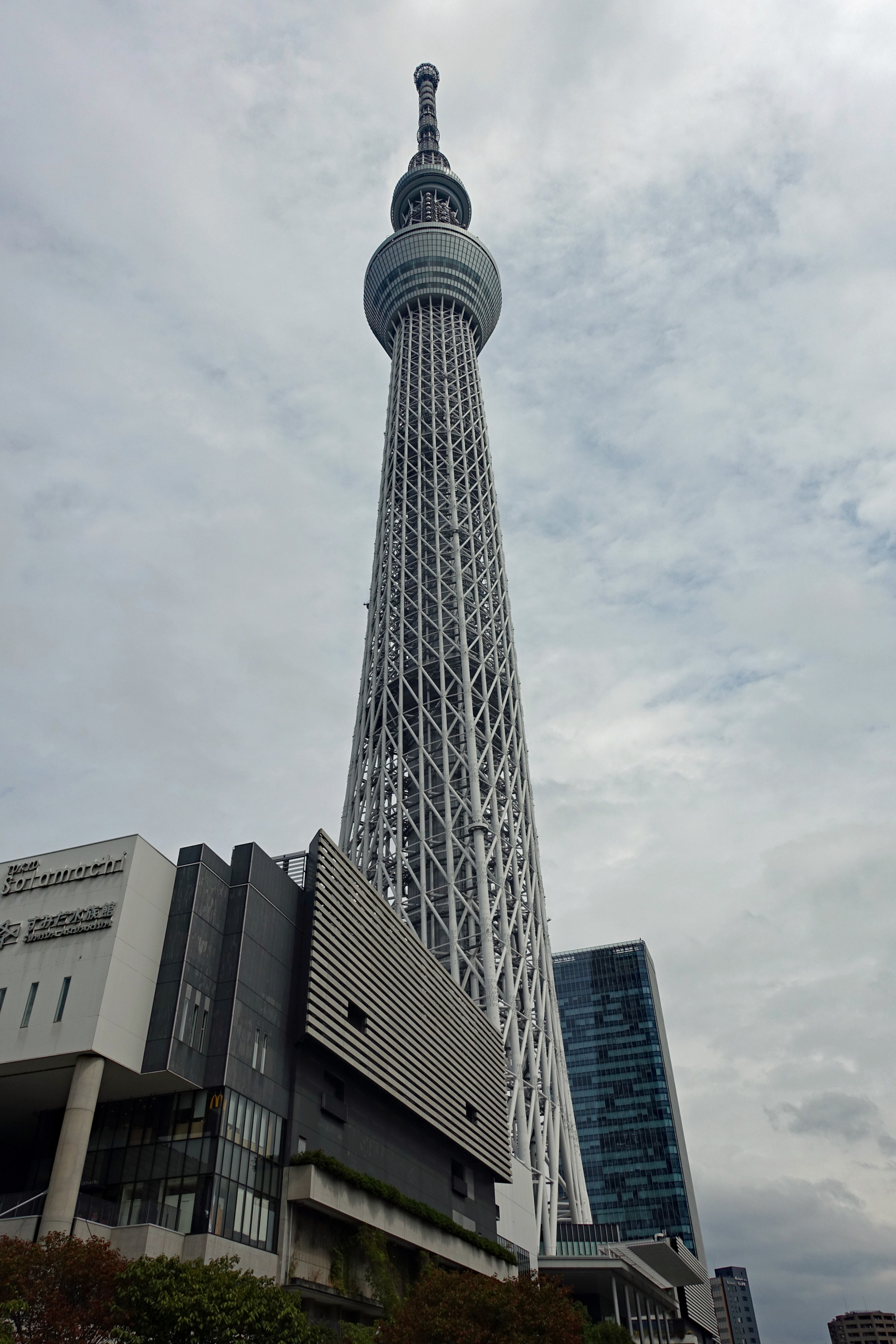
After taking in the views of Tokyo from the Skytree we descended to the shopping mall below and marveled at the variety of food in the food court and the many prepared food shops. No wonder nobody cooks here, you can buy everything ready to eat. We stopped at a food court stall for a quick snack of dumplings, carried on exploring the mall and eventually stopped for lunch at an Italian restaurant. We struggle with the lack of English here in Japan and figuring out what and where to eat so sometimes we give in and search out Western food to keep it less stressful. That being said, we found a lovely sushi restaurant in Asakusa for dinner that same evening.
In an effort to expand our Japanese food horizons we signed up for the Asakusa Street Food Tour through AirBnb. The tour began at a small sushi restaurant where we sampled scallop, squid, conger eel, minced tuna head meat🤢, omelet and mackerel. Blair is much more adventurous than me, I did not eat the squid or tuna head meat. Our next stop was a monjayaki (Japanese pancake) restaurant where we tried two different kinds of pancakes, cooked on a grill at your table. The first one was cabbage, blue cheese and bacon and texturally tasted like risotto. The second one was cabbage, squid, squid ink and cream…I did not like this one. We also had a grated plum and shark cartilage appetizer (not appealing), a grilled noodle/vegetable/egg dish (my favorite) and finished with a red bean paste pancake drizzled with black sugar for dessert. The third stop on the tour was at a glazed sweet potato shop where cubes of potato are fried, dipped in sweet syrup and sprinkled with black sesame seeds. The only way to eat them is to open wide and pop the entire piece in your mouth. Our final food item was a sweet bread bun called a Melonpan, eaten hot out of the oven and ooooohhh so delicious. The tour took 3 hours and in between food stops we walked the small streets around Asakusa with our guide Nobu pointing out a few interesting places along the way. The tour cost USD $63.90 each.
During the food tour we popped briefly into a pachinko parlor to see what that was all about. It looks just like a casino with hundreds of gaming machines. Pachinko is similar to a western slot machine, or vertical pinball machine, where players try to win little metal balls. Because gambling for cash is illegal in Japan the balls are exchanged for tokens inside the parlor and then at a separate business nearby these tokens can be ‘sold’ for cash. The vendors then sell the tokens back to the pachinko parlor at a premium, all this being done without breaking the gambling laws.
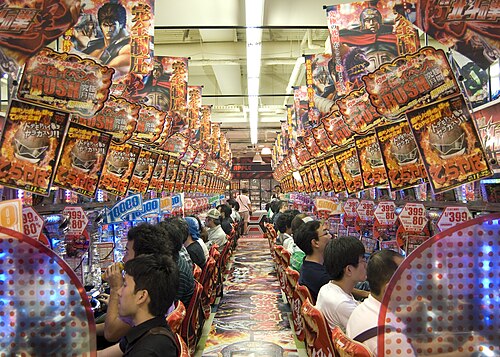
While we were in Tokyo there was a big Sumo tournament going on, so we signed up for a Sumo Wrestling experience through AirBnb. Lucky for us the arena was only a 25 min walk away from our apartment. We met our guide, Kaori, at 2pm and so began our education about Sumo. Sumo began thousands of years ago as a Shinto dance and contest performed in prayer for a good harvest and to entertain the gods. From 794-1185 sumo became a form of entertainment for the Emperor. With the rise of the samurai from 1185-1333 sumo was repurposed as a form of military combat training, the matches were often brutal and had few rules. From 1603-1868 sumo took on its present professional form with tournaments held to raise money for shrines and temples. The ‘stable’ system was created where wrestlers live and train together daily. A boy can join a stable at 15 years of age and will remain with the same stable for life. He will train for 7 to 10 years before being ready to compete professionally. There are six major tournaments annually and the rules and rituals are strictly maintained, preserving the ancient connection between sport and tradition. The ultimate goal for a wrestler is the attain the permanent rank of Yokozuna, a grand champion. We were fortunate to see 2 Yokozuna compete. A wrestler loses if any body part other than the soles of his feet touch the ground inside the ring, or he is pushed out of the ring. The cushion seats closest to the ring are not for sale, they have been held by the same families and passed down through the generations. The rest of the main level are box seats each having 4 cushions and on the upper level are the regular less expensive chair seats. The problem with the cushions closest to the ring is that the wrestlers sometimes land on you, which I imagine must hurt to be landed on by such a large person! The major tournaments are 15 days long and every wrestler performs once a day, with the highest ranked wrestlers towards the end of the day, just before 6 pm. Before the highly ranked wrestlers matches there is a parade of banners showing all the sponsors who are offering additional money to the winner of the bout. The pay packet the wrestler is handed after his win is ceremonial, they typically will receive half their winnings with the other half kept by the sumo association for their retirement pension. Low ranked wrestlers will generally retire by 25 because of the rigorous lifestyle and low income, top ranked wrestlers generally retire by the time they are in their mid 30’s due to injuries or declining ability to make a decent income. It was a most interesting afternoon and we enjoyed the tournament much more than we imagined. We even continued to watch some of the late day matches on television during the rest of the tournament. The sumo tour, including tickets, cost USD $169.60 each.
Here is a link to a short video of the sumo matches. As you can see some of them are very short and others much more interesting.
The Senso-ji Temple is one of the most famous and historically significant Buddhist temples in Tokyo. It is located in the Asakusa district, just across the Sumida River from our apartment. The temple’s history dates back to 628 AD, making it the oldest temple in Tokyo, but the current building is a post WWII reconstruction. The massive outer gate entrance is famous for its gigantic red lantern, weighing about 700 kg. The temple attracts over 30 million people annually with many visitors gathering around a large incense burner to waft the smoke over themselves, a practice believed to cure ailments and bring good fortune. We visited early morning when the crowds were pretty reasonable.
One of the perks of our apartment location was the rooftop patio where we had fabulous views of the Skytree lit up at night. The lights are constantly changing so it was fun to watch the show for a while each evening.
And thats a wrap on our second visit to Tokyo. We enjoyed this visit a little more because we stayed in a quieter part of the city and signed up for a couple of tours, rather than wandering aimlessly around looking for stuff to do. Neither of us is enthralled with Tokyo, mostly due to the sheer number of people, so I don’t think we will plan another visit here, but we would definitely stay for a few days if we were passing through on our way somewhere.
Next up, what we hope is a little quieter city in Japan, Kyoto…..
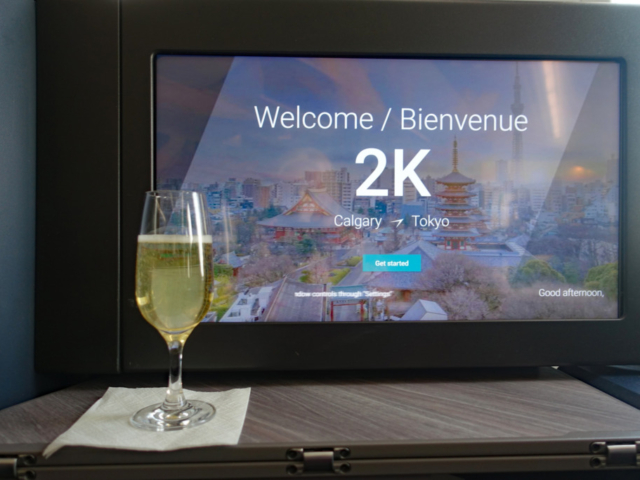
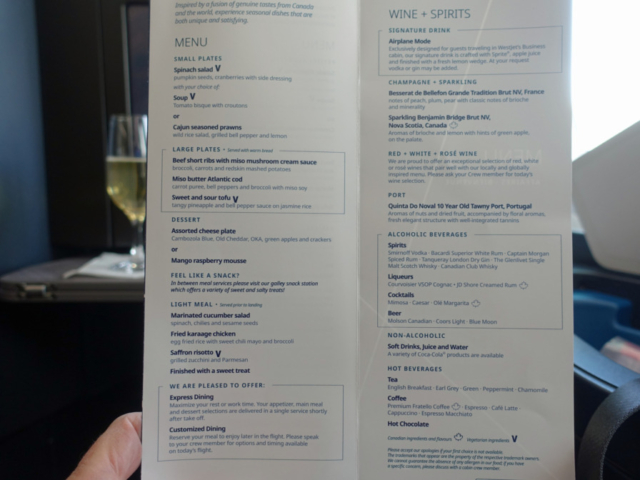
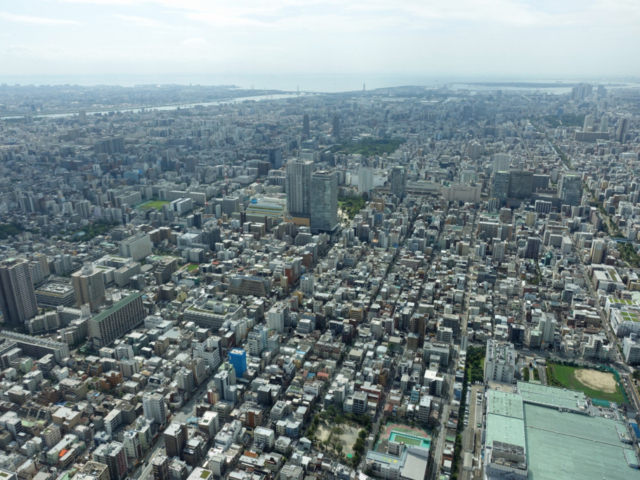
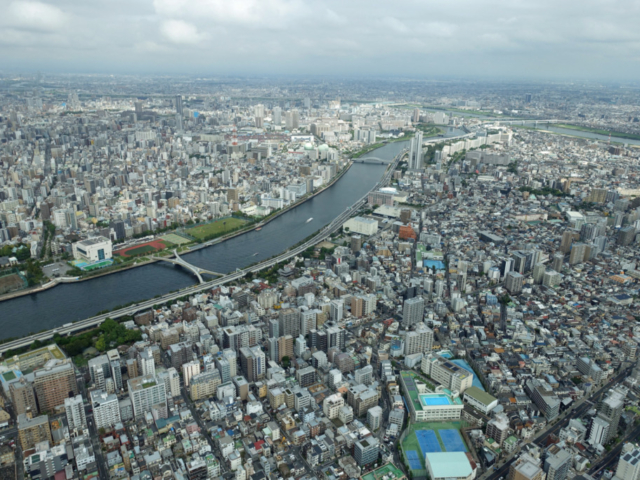
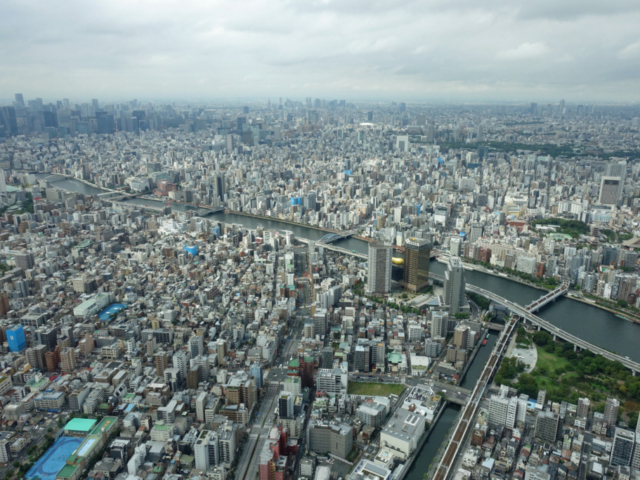
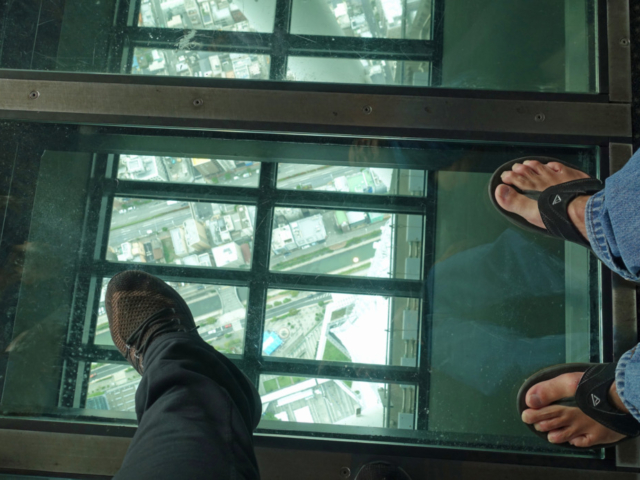
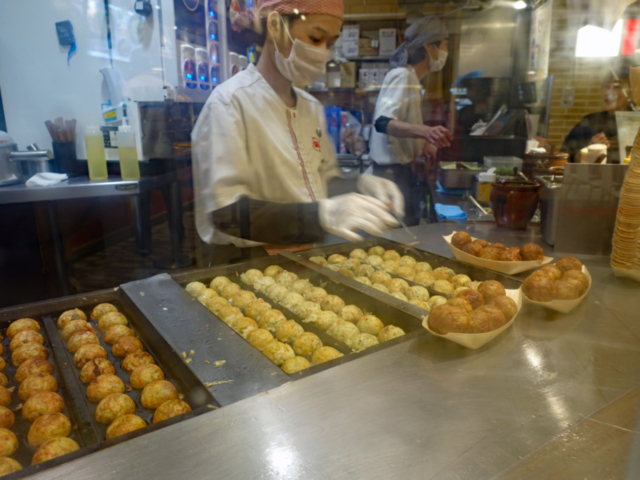
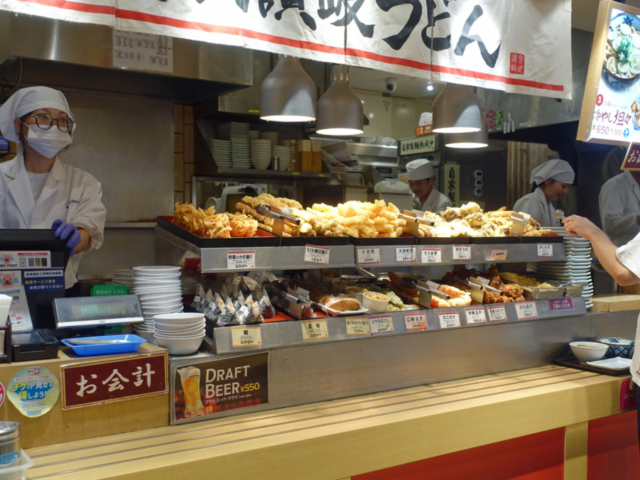
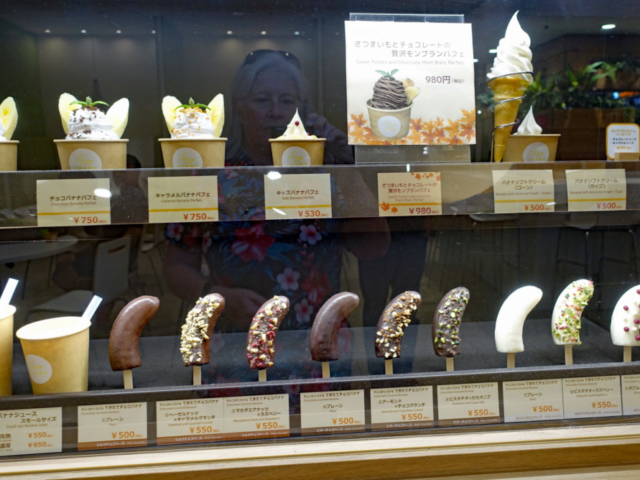
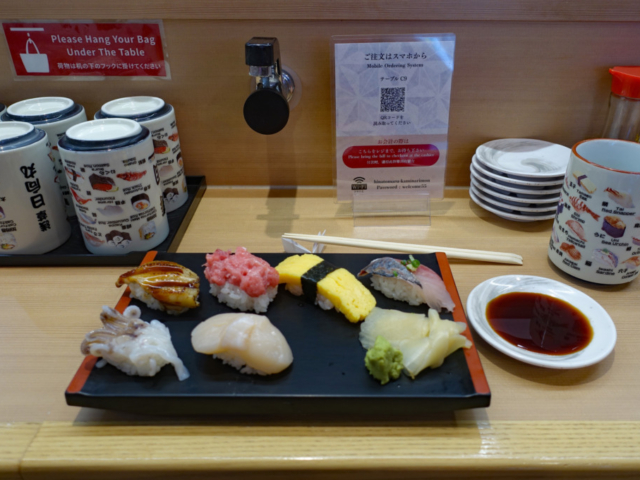
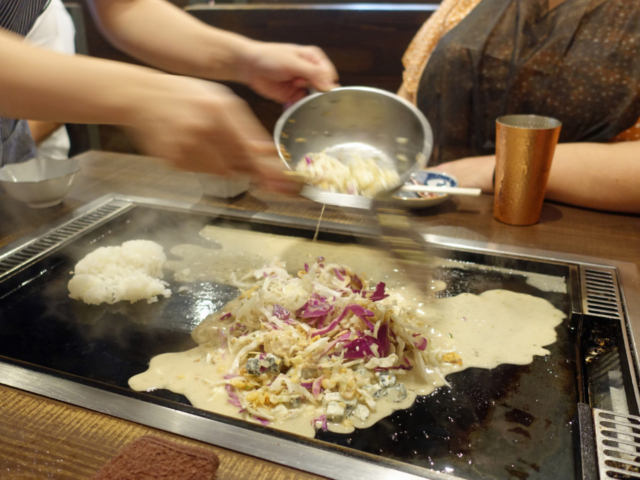
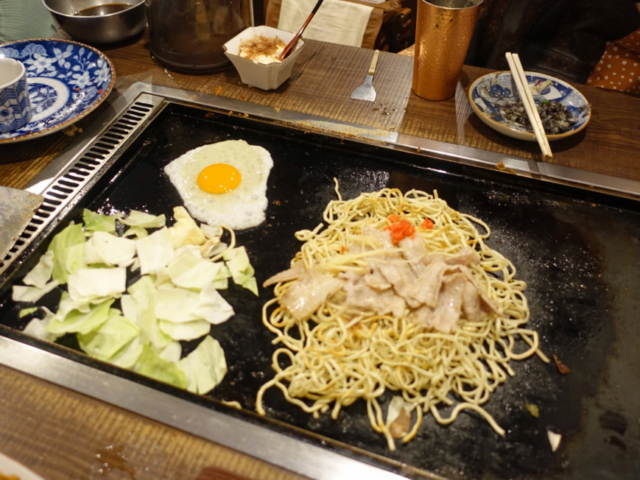
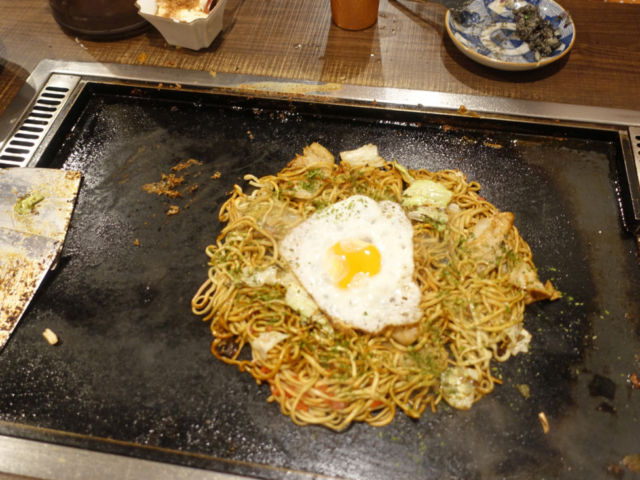
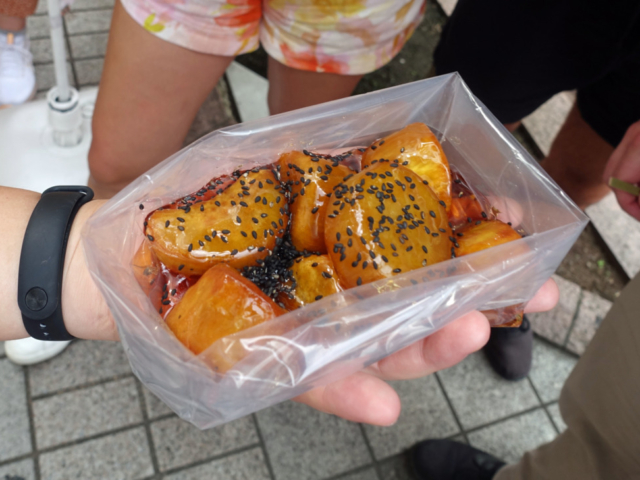
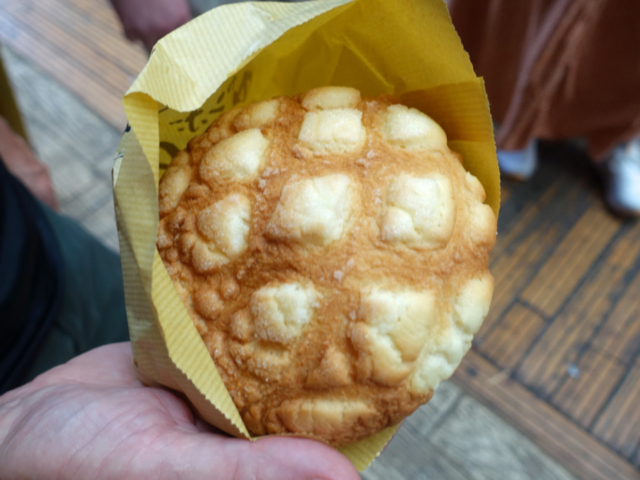
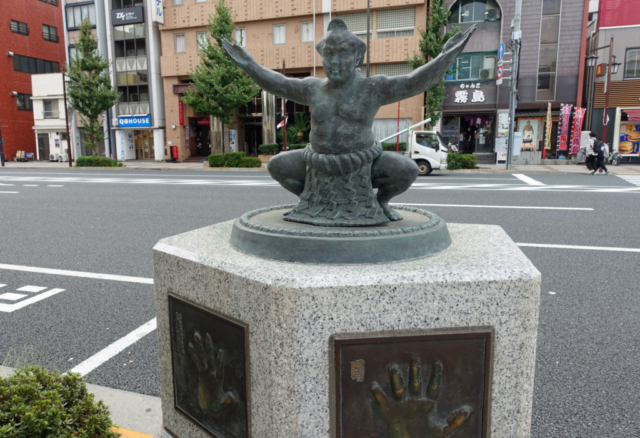
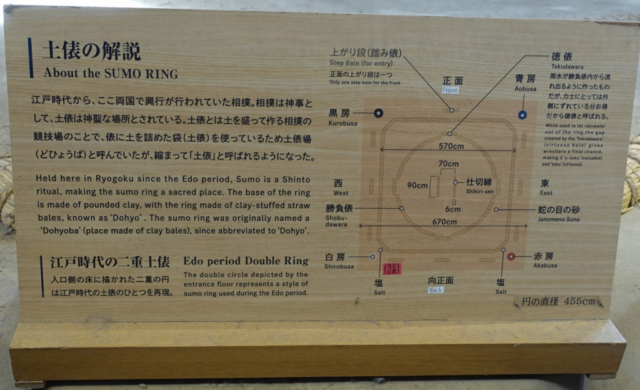
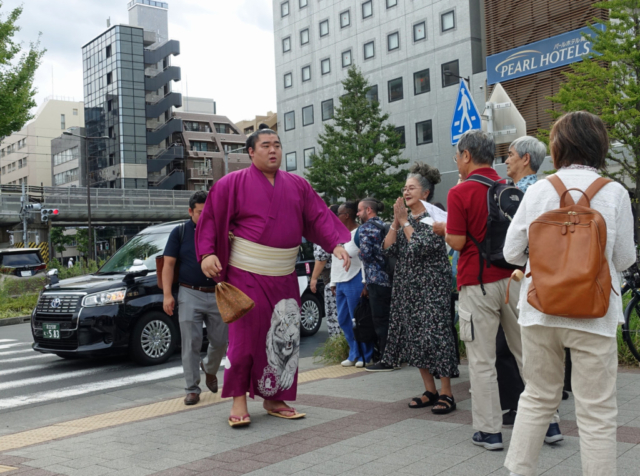
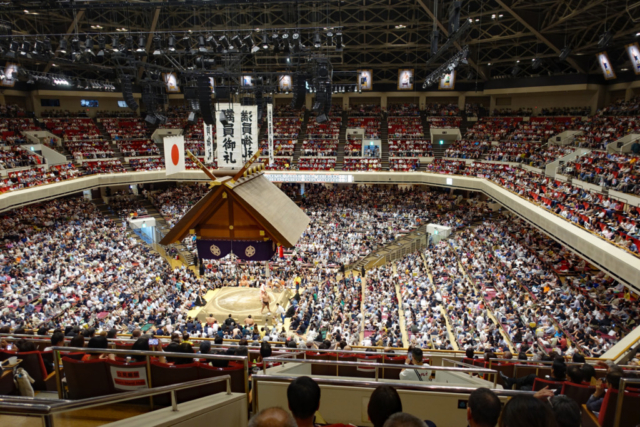
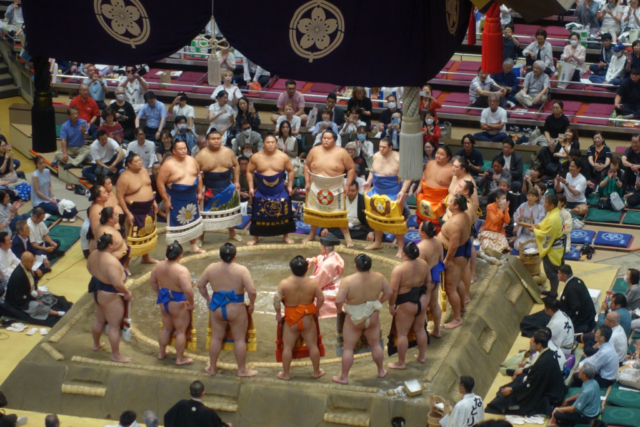
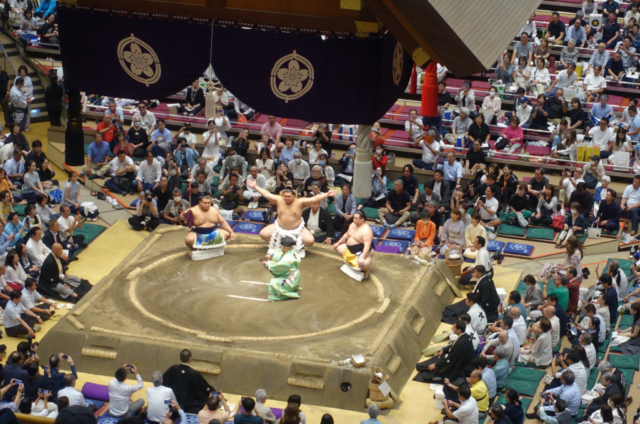
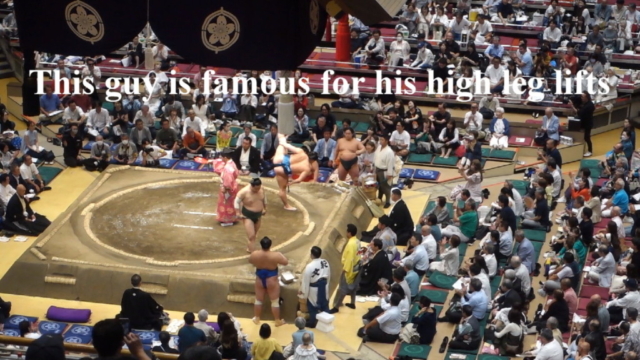
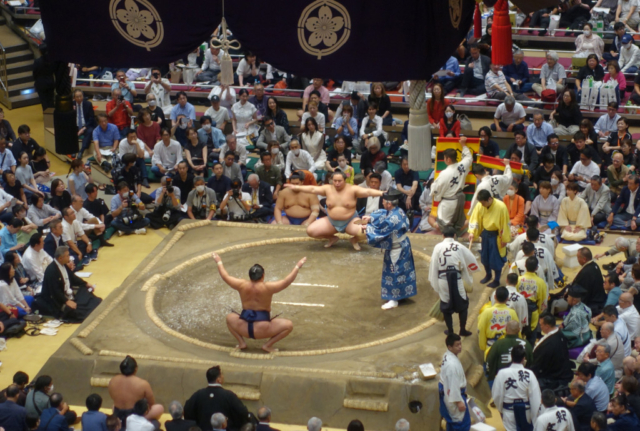
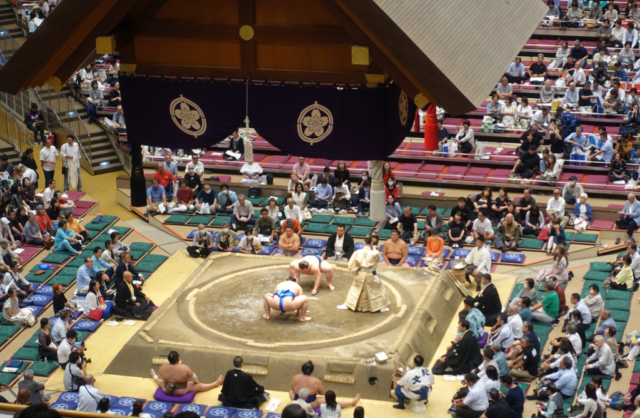
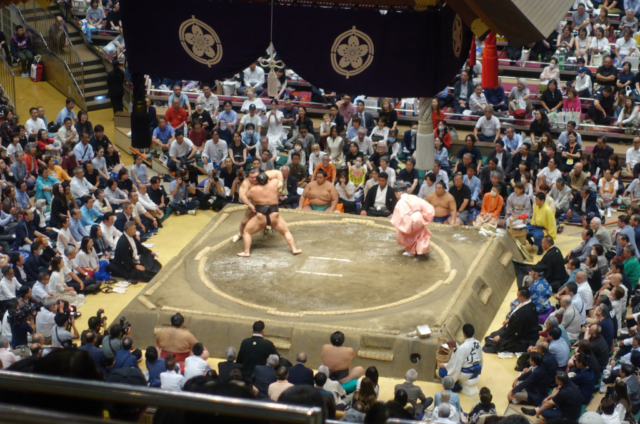
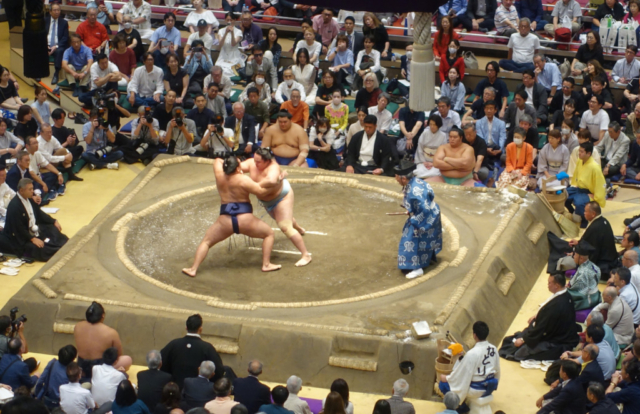
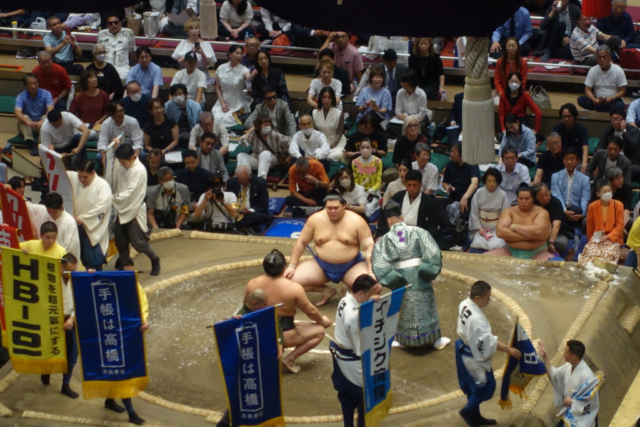
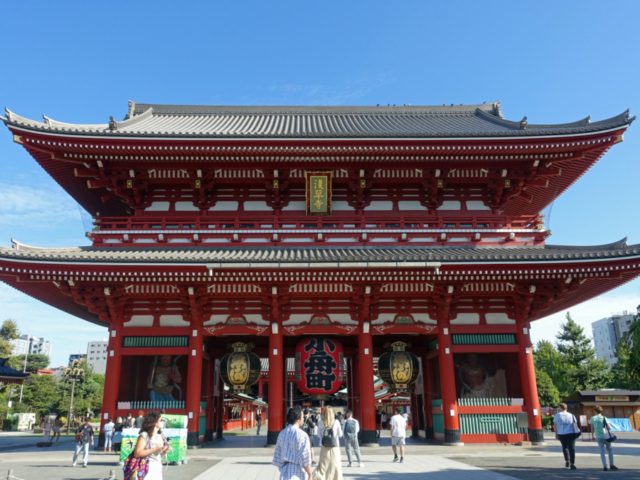
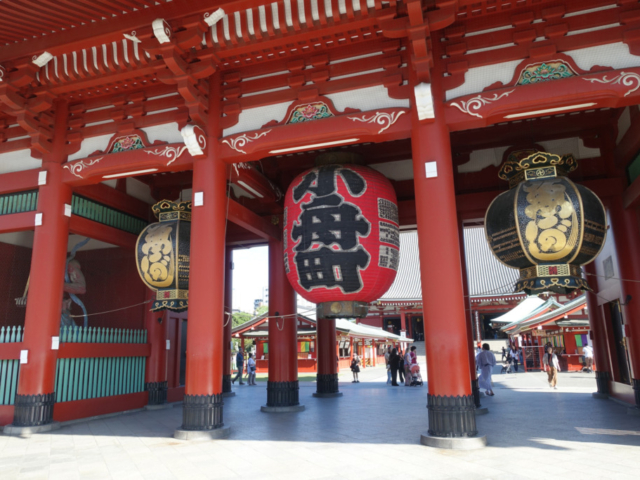
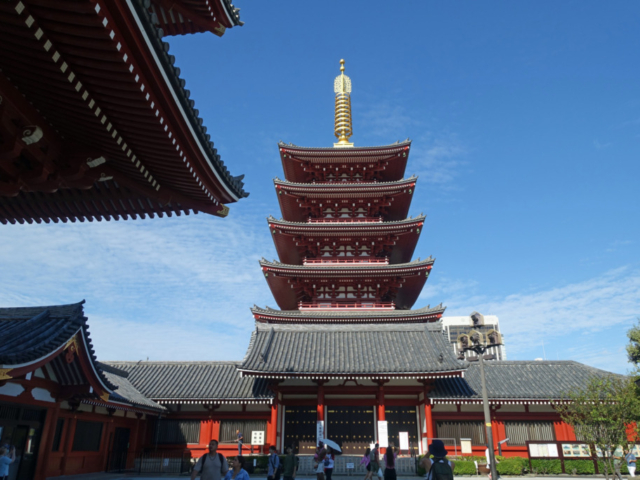
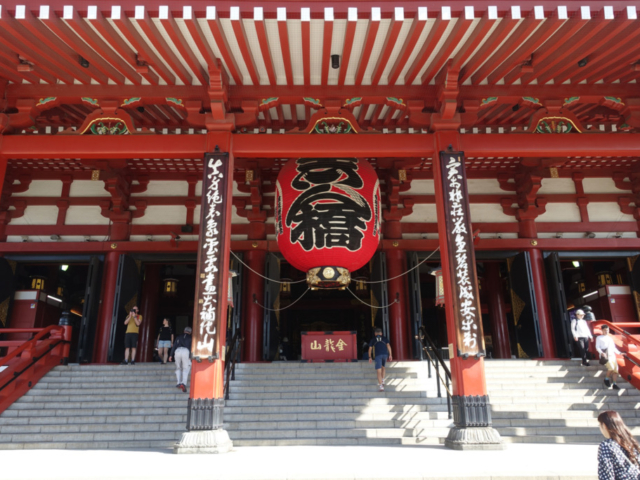
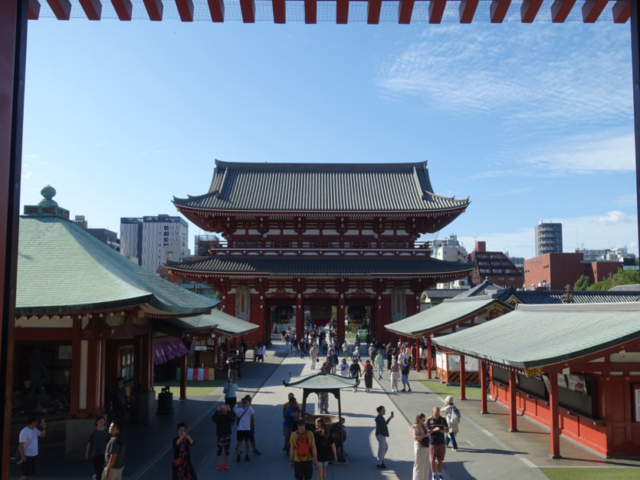
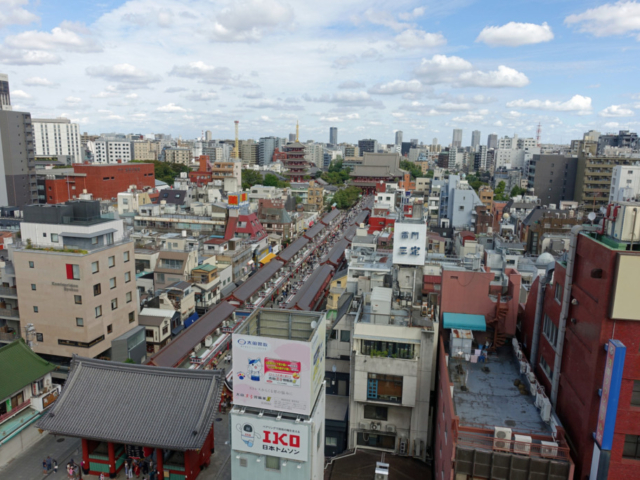
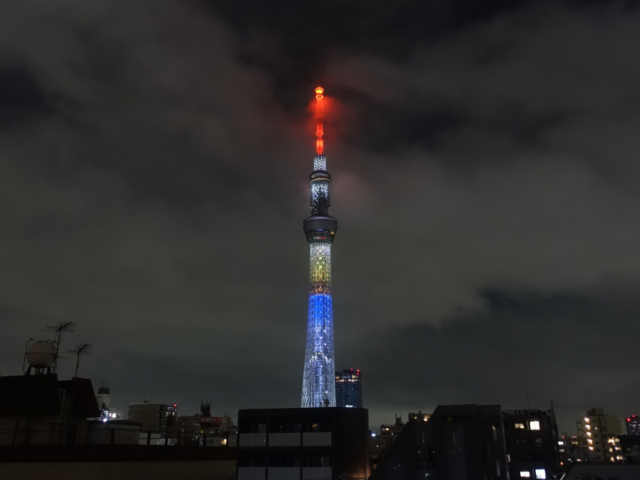
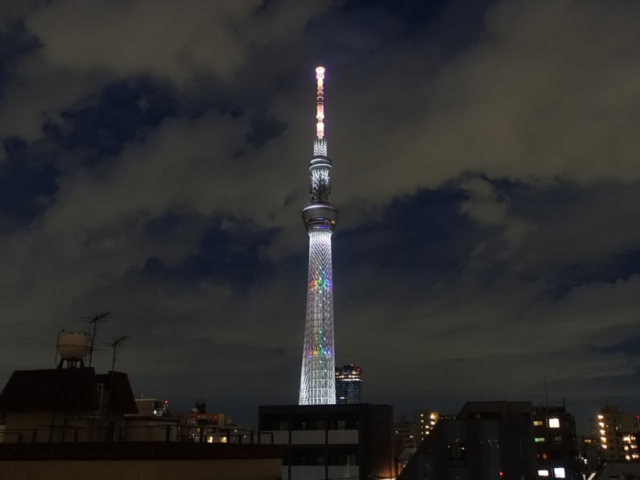
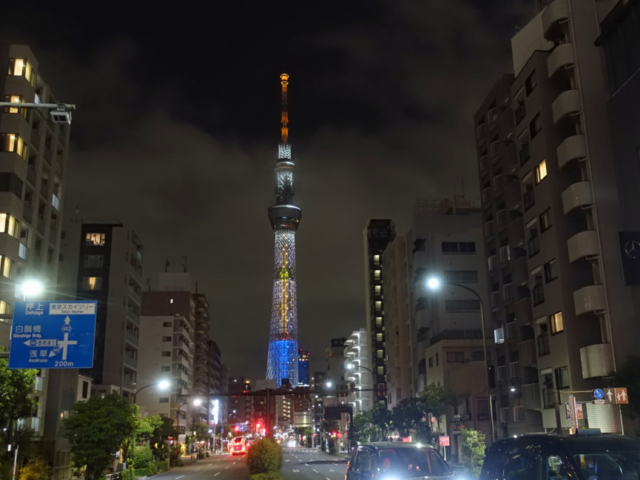
Very interesting and well written commentary. I am interested in the Japanese micro houses of 4-500 sq.ft. Usually the footprint is based on nine tatami mats, around 300 SQ ft and they are built on odd shaped lots due to the haphazard way Tokyo was laid out. They are designed very cleverly and I think I could live in one.
A practical question occurred to me regarding once your travel days come to an end. Where will you go to live? A nursing home, semi independent age in place care home, rent an apartment, or do you have a home somewhere to return to?
I’ve travelled quite a bit myself but nowhere to the extent you people have. The practical question would be of concern to me.
Hi Benny, thanks for your comments. We have no home base to return to but when we reach our 10th anniversary of nomadic travel we will likely spend 5 months a year in Canada. There are a variety of reasons for doing this, many of which are based on the fact we will be turning 70 and buying health insurance becomes an issue. Enjoy your travels wherever they may take you!